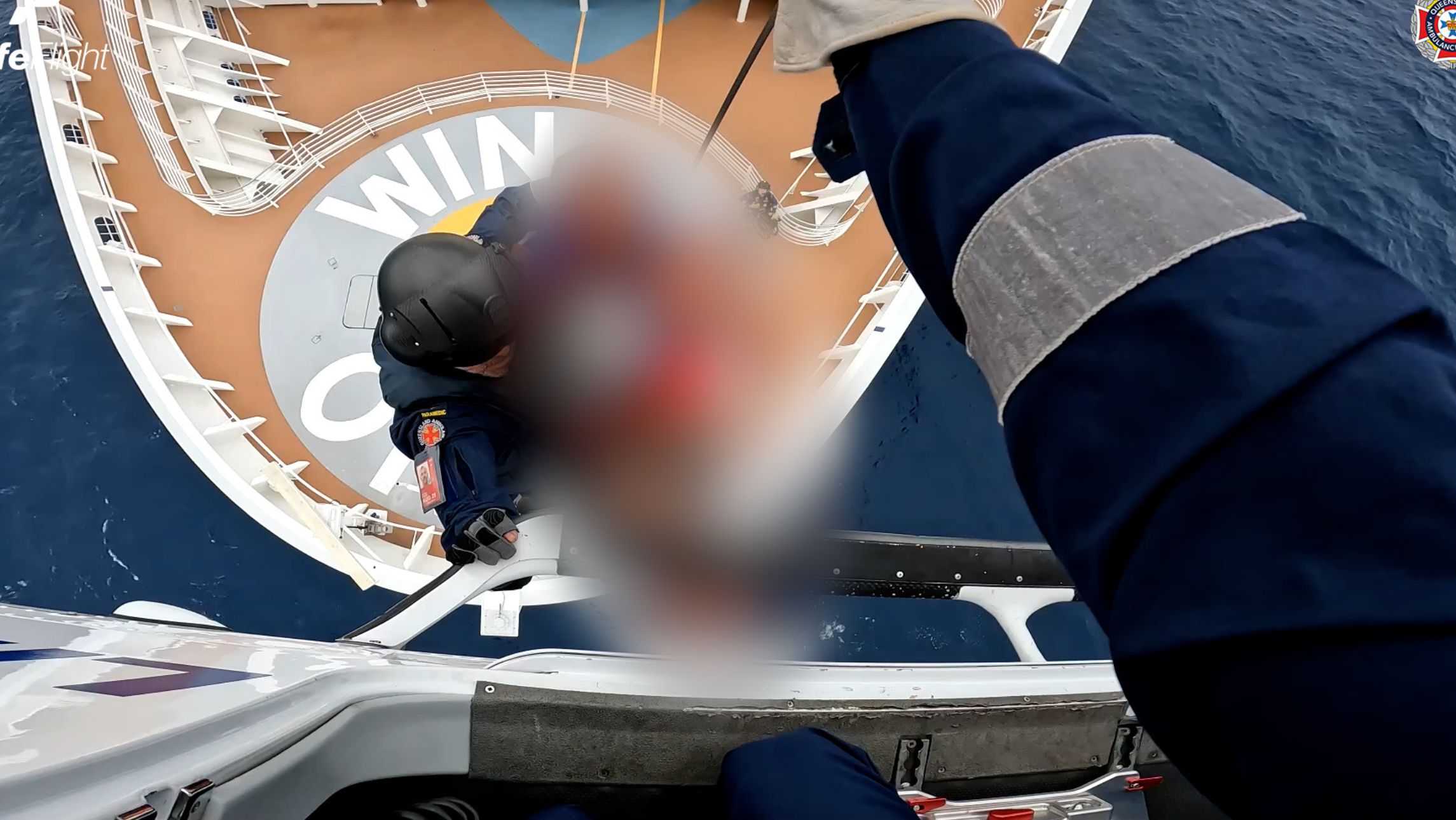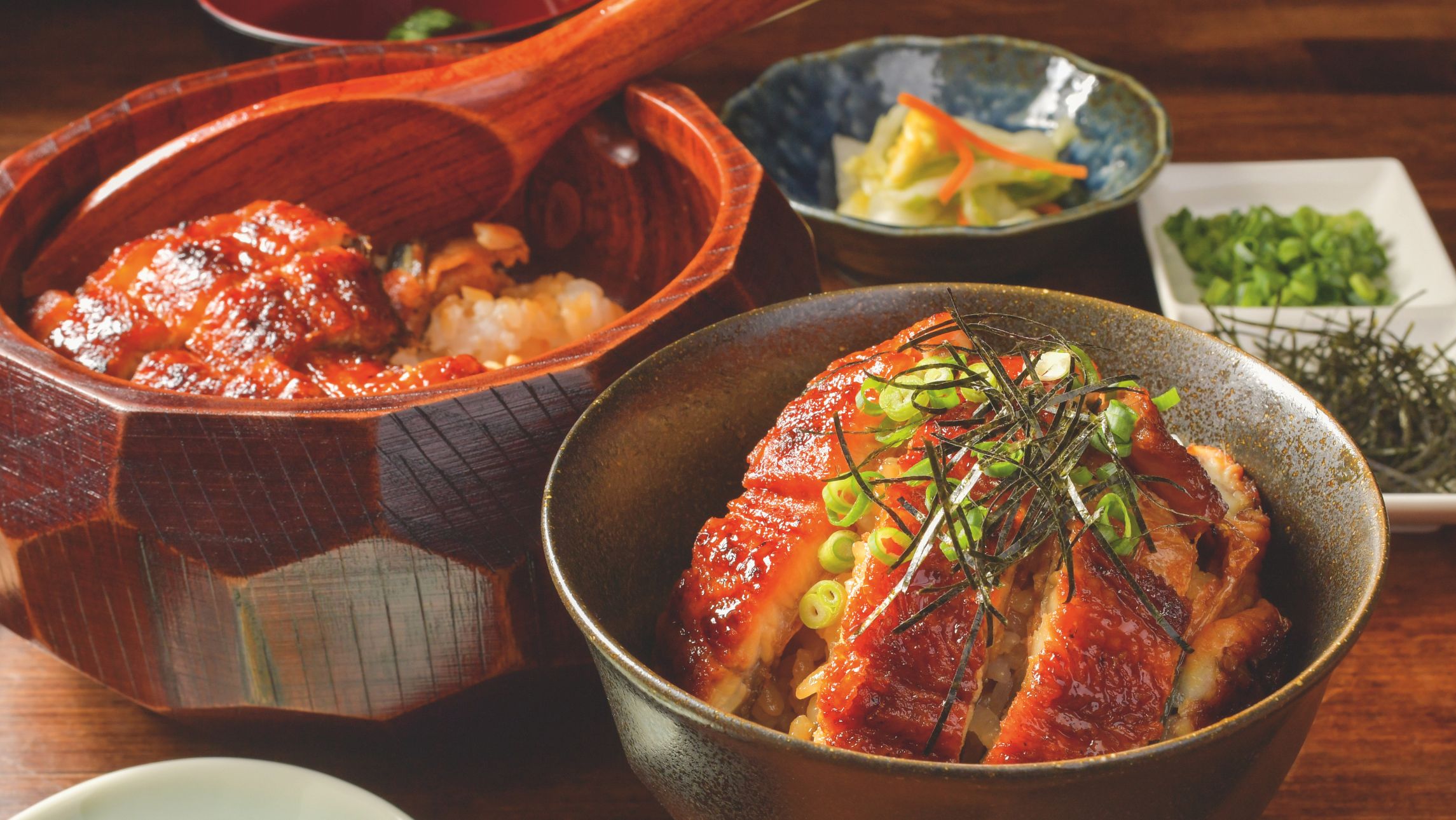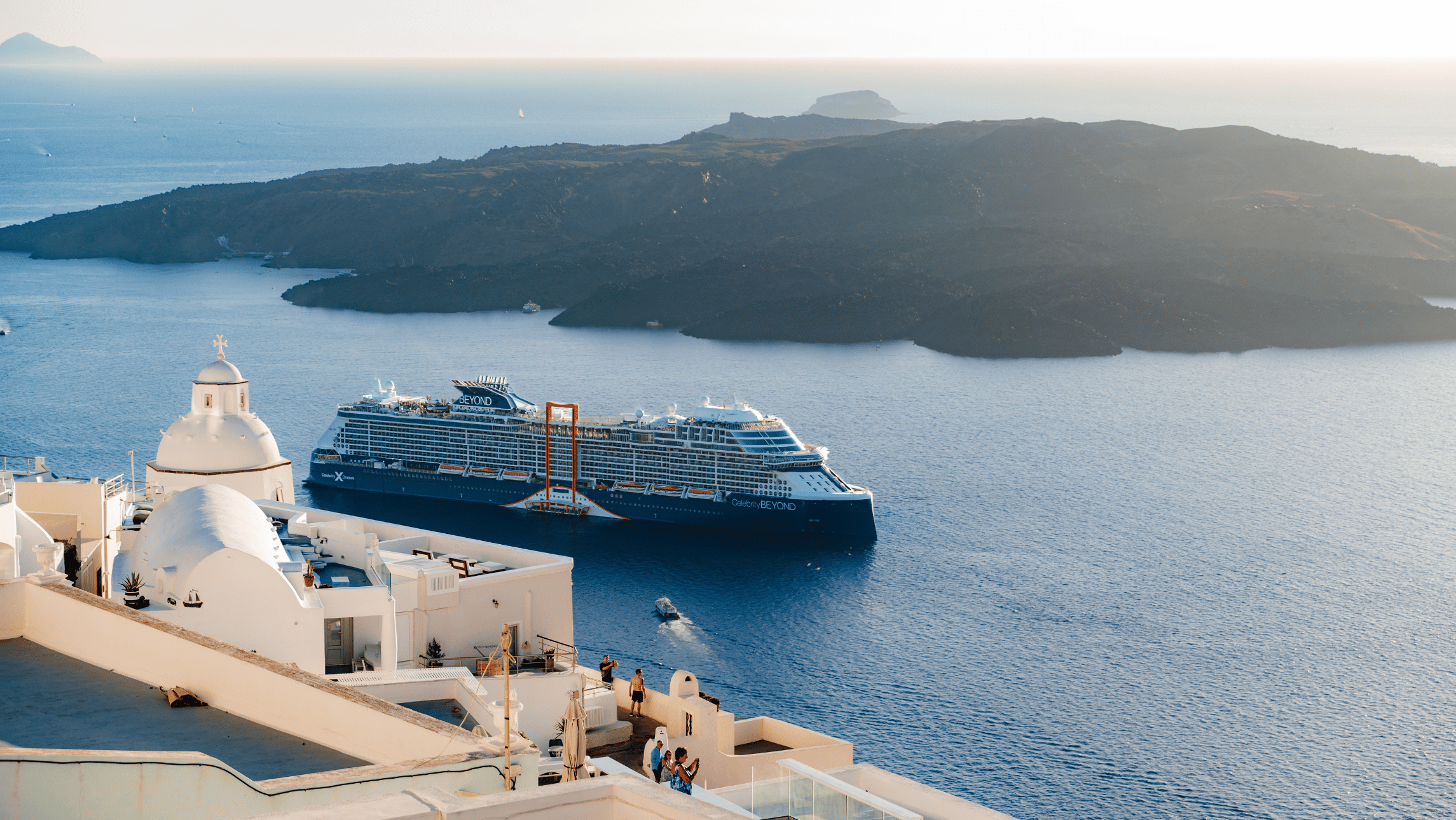Punta Arenas started life as a penal colony – not for the British, but for the Chileans who believed the remoteness and harsh weather was a suitable extra penalty for those sentenced to serve there.
Thankfully, time has moved on and it is now a thriving city of more than 100,000 servicing a burgeoning tourist trade. It is almost at the tip of South America and the start point of many Antarctic cruises.
Itinerary
We are booked aboard the Via Australis, part of the Australis fleet. I say fleet, but really there are only two vessels, which specialise in journeys through the southernmost Chilean-Argentinian Patagonian channels.
The vessels explore the Strait of Magellan and the Beagle Channel in three-, four- and 7-night programs from September to April, which mostly end in Ushuaia, Argentina. The company has been in operation for 23 years and claims to have carried 100,000 passengers to one of the most beautiful and unspoilt regions of the world.
Check-in time for our cruise is 1pm for a 6pm departure. This gave us the afternoon to explore Punta Arenas and seek out the local delicacy – King crab.
Punta Arenas was at one time nicknamed “the city of the red roofs” for the red-painted metal that characterised the city. Visitors can tour the Sarah Braun museum, established at the former Braun-Menéndez mansion, in the centre of Punta Arenas. Other popular attractions include the two nearby rookeries for Magellanic Penguins, and the reconstructed fort of the failed Fuerte Bulnes settlement.
Onboard
By the time the ship was preparing to leave, there were 83 passengers from 16 countries on board. The 72-metre vessel, launched in 2005, has 64 cabins with private bathroom, heating and air-conditioning, chest of drawers, closet, bedside table, internal telephones and 110-volt electrical current.
There are four decks, two lounges, and a restaurant that serves good regional and international cuisine. There is also a games room, small library, gift shop and a doctor on board.
The cruise is generally all-inclusive, with excursions and an open bar in one price.
Dining
The first night dinner often sets the tone for a journey, with new relationships and a critical eye cast over every dish. There was nothing to worry about on either count, with new friends Bruce & Kathy from Texas, Liz & Eddie from Australia and Nicole and Claude from France regaling is with stories of where they had been.
Liz and Eddie were fresh from a 21-day overland trek from Bolivia had decided to take a break from fending for themselves to lap up some pampering and decent sleep. Bruce & Kathy, well-seasoned European river cruises, were doing 21 days in Argentina and Chile. They extolled the virtues of fantastic wines in Mendoza.
This caused some consternation from Claude and Nicole, who live in the heart of the Burgundy-growing district of France. A truce was declared over the Chilean favourite Pisco Sour – a lemon-flavoured Brandy Sour.
All tastes are catered for from the ship’s galley, with particular emphasis on the local seafood, lamb and beef that this part of South America is so famous for, all accompanied by the wonderful Chilean red and white wine.
The evenings were filled with fun – only the Karaoke night was considered a bad idea.
Expeditions
Look on any map or globe and you will see this part of the world is certainly remote. We did not see another vessel, let alone another cruise ship. Just the magnificent snow-capped (yes, even in summer) mountains, deep fiords and magnificent glaciers.
The sheltered waters of the Magellan and Beagle channels allow smooth sailing as the Via Australis comfortably made its way from one beautiful destination to the next.
The route does expose itself to the open waters of the Pacific Ocean on the second night. But the worst stories were of water bottles rolling off tables during the night.
The remoteness is a welcome relief from tacky souvenir sellers. It was much more fun to dress in warm, waterproof clothing and boots and clamber aboard the Zodiacs to make our way ashore to Ainsworth Bay.
Once ashore, we were broken into groups depending on our preferred language. Then came a 1½-hour easy walk, looking and learning about the flora and fauna of this area. It’s not only Queenslanders who regret the introduction of an animal species such as the cane toad. The Chileans spotted the success of the Canadian fur trade and introduced beavers in the late 1800s.
Just 25 couples were brought in, but the trade never got off the ground. The beavers, however, did. Some 300,000 beavers later, and the beaver dam is considered one of the major threats to an already fragile eco system.
A visit to Tuckers Inlet was a Zodiac only expedition to observe at close quarters the cormorant nests and the local Penguins. The Australian movie Kenny has the immortal line: “There is a smell here that would outlast religion.” The thousands of birds nesting at Tuckers Inlet amply demonstrated what that meant.
Chile, Bolivia and Peru went to war over the rights to harvest this guano – one of the most potent fertilisers there is.
Our mid-summer cruise was suddenly interrupted by a major overnight snowfall. Texans Bruce and Kathy were as surprised as Liz and Eddy, who don’t see snow in winter let alone summer. However, Claude and Nicole took it in their stride and were busy taking photos outside.
Our third day was one of the most stunning yet: back into the Zodiacs for a 1km run through ice fields to the foot of the Pia Glacier.
Each shore excursion, we were offered a choice or fast hike, medium hike or casual stroll – so depending on your desire for exercise, you could participate at any level with an English-speaking guide accompanying you.
The Pia Glacier proved to be magnificent, with a face 1.2km long.
It was, however, on the march and dropped several car size shards of ice while we were on shore. They fall with the sound of a cannon shot, an eerie reminder of global warming. Right on cue, as the last shard fell it started to snow again and our mid-summer excursion turned surreal.
Back on board for what the Captain promised would be a surprise; despite feeling that we were the first people ever to cruise these waters, it became obvious many had been before us – including Charles Darwin.
The Captain’s surprise was passage down “glacier alley”: five magnificent glaciers on the port side of the vessel named after each country whose explorer who had found them: Italy, Germany, France, Holland and Romania.
To add to the sense of splendour, as we passed each glacier the bar staff served a piece of food and appropriate drink to celebrate. The German glacier was toasted with beer and sausage; the French with Champagne and cheese – you get the picture?
By the time dinner was upon us the thought of bingo and a fashion parade later that night had lost whatever appeal it had. Our French friends Claude and Nicole asked what we would have celebrated with if an explorer from Australia or the US had discovered a glacier. A meat pie and a VB just didn’t seem to cut it, somehow.
The fourth day saw fine weather for what we had hoped would be landfall on Cape Horn.
High school geography was turfed out the window today. We had been lead to believe Cape Horn was simply a point jutting off Chile where the wind blew relentlessly and ship wrecks were almost daily occurrences. Some of this is true. It is certainly a treacherous place for seafarers.
Any chance of a our landing depended on three factors; strength of wind, height of the sea swell and of course safety of passengers and crew. We had a six hour cruise from Walia Bay and on to Cape Horn with excitement building. As we anchored off that desolate outcrop of rock that had claimed more than 500 ships and created so much myth and folklore, we could only marvel at those sailors who had made this trip without GPS.
We truly felt we were at the end of the world.
It was then that the weather gods decided we had passed the test. The wind and waves abated. With much excitement, the Captain announced he was satisfied we could board the Zodiacs and run the 500m open-water gauntlet to the small bay that held the 187 steps to the top of the cliff and on to the monument that marked the most southern part of the world outside of Antarctica.
The crew performed their job so well that none of the 80 passengers got so much as a fright, let alone a dunking. Two staff in wetsuits ensured the Zodiacs were kept stable as we embarked and later reboarded to return to the ship.
As we stood on the land that must have looked so inviting to the wretched souls as they met their fate in earlier times, a squall of rain suddenly swept over us as if to remind us we were granted only temporary passage.
A visit to the Chilean Navy officer and his family who has a 12-month posting as radio operator and lighthouse keeper completed our 45 minutes ashore. A return to Zodiacs and a quick run back to the ship, in an increasing swell and wind, reminded us what a special moment we had experienced.
The ship seemed quiet and humbled in the lead up to the farewell dinner. Tonight the air seemed clearer and the understanding of our dinner companions magnified. We talked of what we had done hours earlier and we smiled, laughed and nodded simultaneously as if we had escaped some terrible fate.
An auction of the chart the Captain used to navigate to Cape Horn coupled with viewing of the collections of passenger photos and a toast to all seemed to lower the curtain on what had been a fantastic trip.








